Western Monarch Count Sees Drop in California’s Butterfly Population
Santa Barbara County Was the Site of Single Largest Cluster of Western Monarchs in Winter 2023 Count
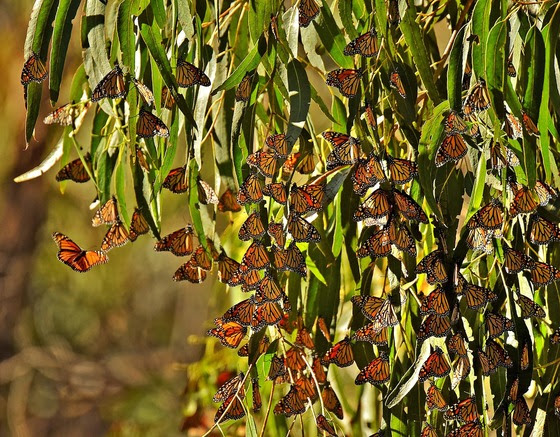
For past quarter century, hundreds of volunteers have fanned out across eucalyptus groves and fir forests to count monarch butterflies, annual tallies that indicate the relative health of the bugs that pollinate fruits and flowers, nuts and vegetables. They are the canary in the coal mine, so to speak, for the damaging use of pesticides and herbicides, the loss of weeds that feed beneficial insects, and the severity of winter storms. All these could be reasons why the 2023 Western Monarch Count found about 100,000 fewer monarch butterflies than in 2022, the Xerces Society for Invertebrate Conservation announced on Tuesday.
The 233,394 monarch butterflies observed in the 2023 count — which ran from November 11 to December 3 — represent butterflies west of the Rocky Mountains that overwinter in forests from Mendocino to the Mexican border, and as far east as Arizona. The Central Coast held about 76 percent of the butterflies counted, and the single largest cluster — 33,080 — was in Santa Barbara County at a private Nature Conservancy site known as the Dangermond Preserve.
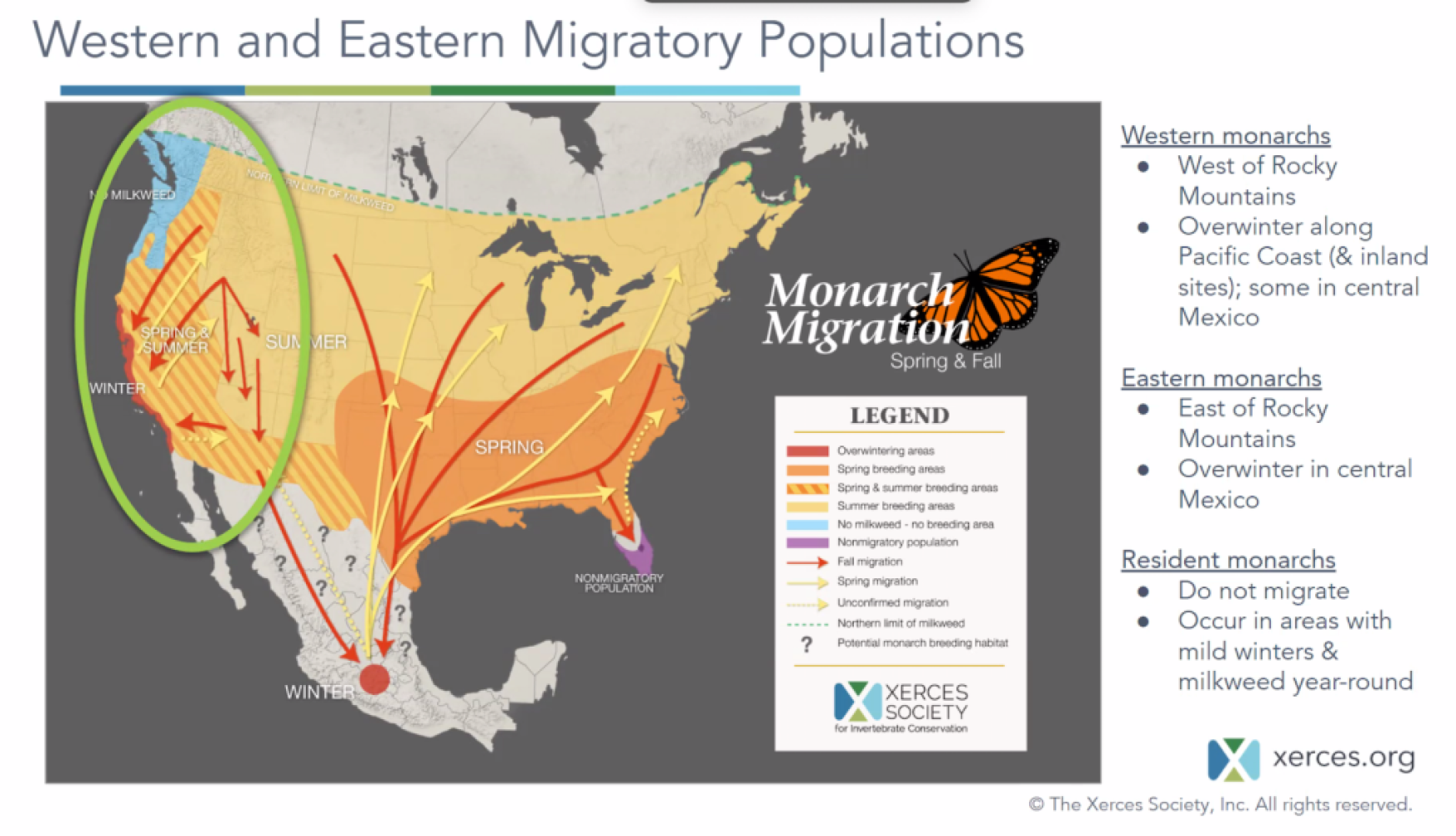
Public sites in San Luis Obispo County held the next highest numbers of monarchs: a butterfly grove at Pismo State Beach had 16,038 butterflies and the Morro Bay Golf Course held 10,029. One butterfly at the Pacific Grove Monarch Sanctuary in Monterey County carried a tag from northern Utah, a journey of more than 700 miles.
More locally, the butterfly groves on Goleta’s Ellwood Mesa held about 15,000; for purposes of the count, however, they are considered multiple groves. The effect of the winter rains and wind on the butterfly population can be seen at the Goleta groves’ count, which went from 26,000 in mid-December to 11,000 by mid-January.
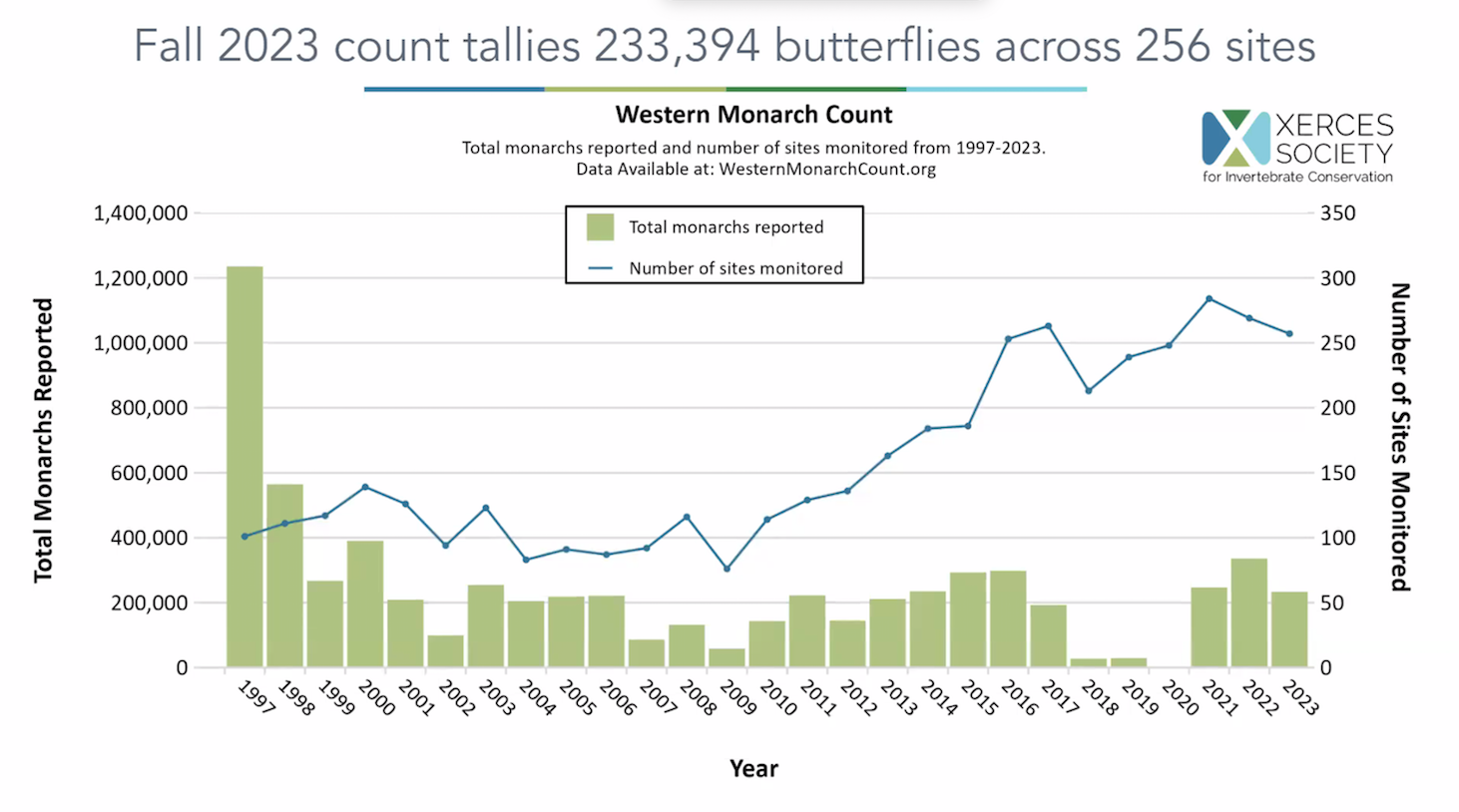
The New Year’s tally reflected the seasonal decline, said Isis Howard, a conservation biologist with the Xerces Society. As well, the butterfly population last spring had been smaller following the heavy January 2023 storms, she said at a press conference on Tuesday, although a bright exception was southwest Canada, which had rare monarch sightings during the warm summer. The butterflies that survive the winter start to mate, then head north and inland to breeding zones by March.
“Monarchs, like many species, have been suffering in part from habitat degradation,” said Mark Reynolds, who heads the Point Conception Institute that is part of the Dangermond Preserve. “Our hypothesis is that the Dangermond Preserve with its wild coast and protected landscape offers a respite for them to thrive,” he said, adding praise for Xerces’ work studying the species. “The vision for Point Conception Institute at Dangermond is to convene scientists and conservation organizations like Xerces in this wild coast landscape to better understand the species thriving here,” Reynolds said.
Biological counts of the monarchs dates back to the 1980s, and the quantity of butterflies today is only 5 percent what they were then, said conservation biologist Emma Pelton, who is Xerces lead on western monarch migration. She added that this year’s numbers are a rebound from the low of 2,000 monarchs counted in 2020.
Citizen scientists power counts like this, with more than 400 people and partner organizations participating at more than 256 overwintering sites. As well, four new overwintering sites were identified during the count, and potential locations can be logged at iNaturalist.
While Pelton noted a Chevron site in Carpinteria where eucalyptus trees known to shelter thousands of butterflies were topped, other areas like Leo Carrillo State Beach were “stories of hope,” she said, where trees were being replanted and restored, and the insects’ food sources of nectar being planted as well. The monarch’s dwindling numbers were under review by U.S. Fish & Wildlife for a possible protected status, which Pelton speculated might come in the fall.
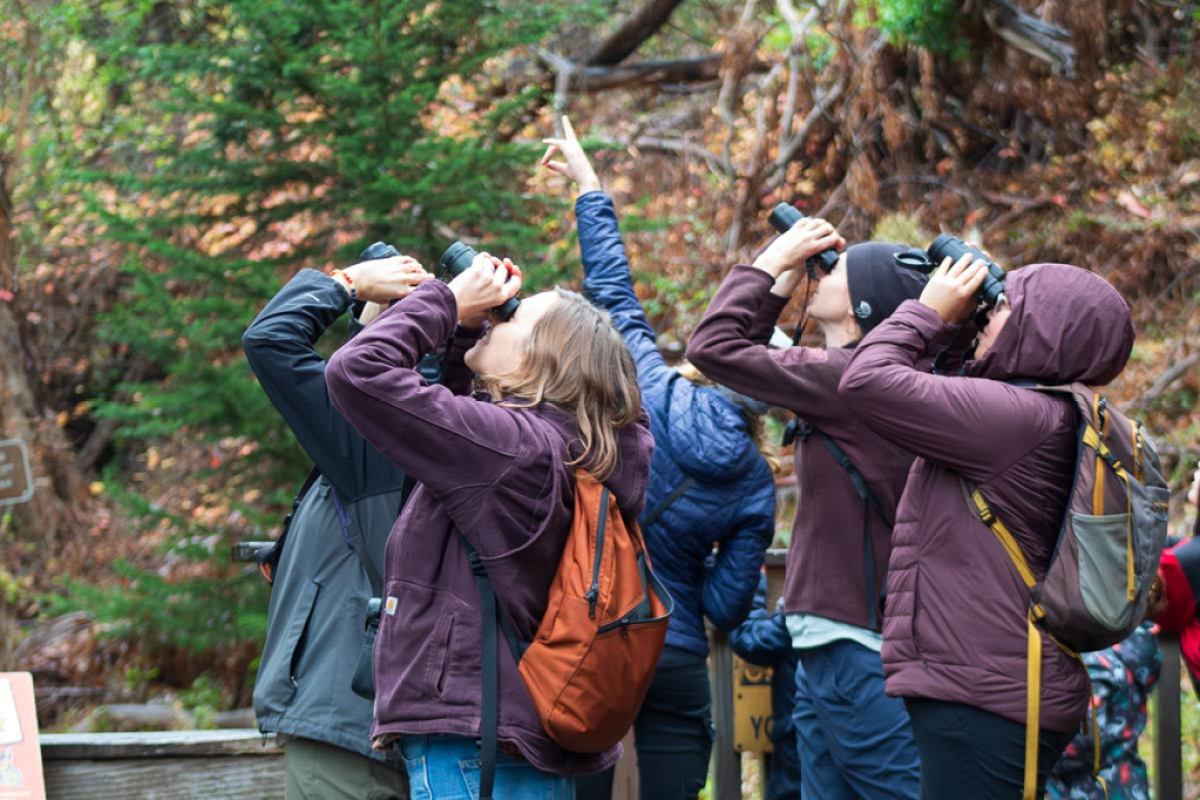








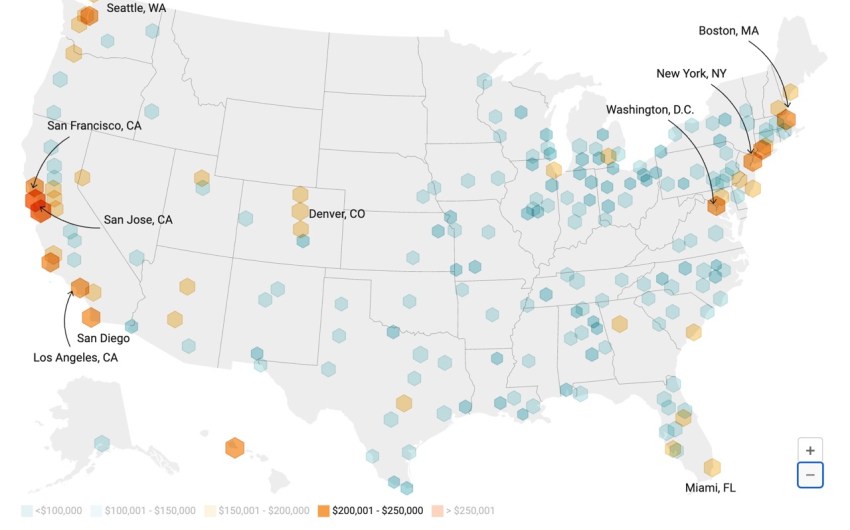





You must be logged in to post a comment.